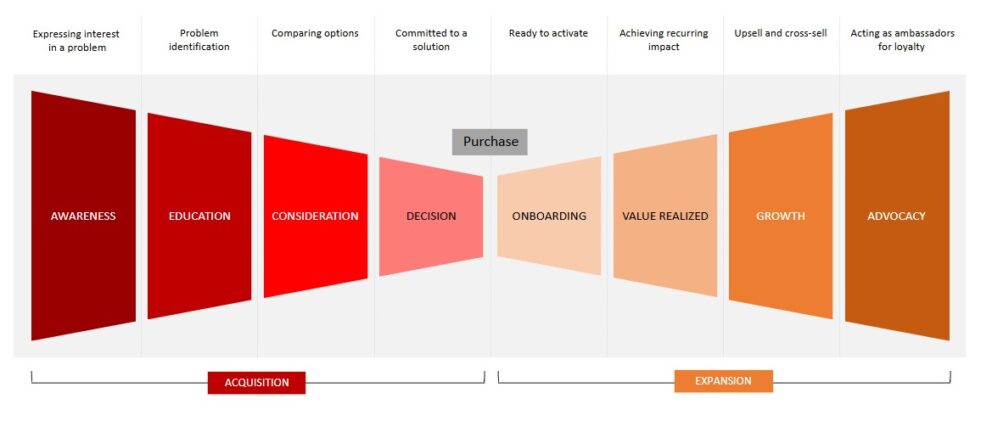How to Create an Effective Engagement Schedule

By Michelle Voznyuk, Marketing Specialist at Heinz Marketing
When it comes to a new client engagement, having a clear and defined schedule is essential. This is true not only for your internal team who will need to know which tasks are assigned to them and when, but for your client as well. Giving your client insight into what’s happening behind the scenes allows them to better understand the work that goes into each deliverable. Additionally, this process will establish your team as the subject-matter-expert(s) and create trust needed to carry the engagement forward.
Ideally, creating your engagement schedule should take place sometime between when the SOW is signed and when you have your first meeting (or kickoff) with the client. Showing up prepared allows everyone to be on the same page, from the get-go.
In order to create an effective engagement schedule, here are some tips to help you get started:
1.) Determine which tool will work best for your team. There are tons of project management tools out there, but it doesn’t need to be fancy. Our team has found a lot of success in using Smartsheet, as we can tailor sheets to our needs for each engagement. Additionally, some stand-out features for us include being able to create templates, view the sheet in multiple forms (like Gantt Chart and Card View), and see primary and secondary task owners.
2.) Figure out why the client hired you. When creating your engagement schedule, you need to first understand what you’ll be doing for the client. This will allow you to build out sections around specific tasks or initiatives. Were you hired to do an ABM campaign? Maybe you’ll add a section in for developing a Go-to-Market strategy. Were you hired to help the client with their full funnel approach? Maybe you’ll want to add a section for developing personas and the buying committee. Whatever is in your schedule should fully encompass what’s in the SOW.
3.) Establish your timeline. Most likely, you’ll know a little bit about the timeline you’re working with before you build out your schedule. I highly suggest creating a full engagement schedule around whatever terms you’ve agreed upon with the client. That means, if you’ve been hired out on a monthly basis, create a new schedule each month. If you’ve been hired out by quarter, your timeline should span the full three months. From there, you’ll want to adequately space things out and make sure you give ample time for each task. There should be time to draft, internally review, revise, externally review, finalize, and approve.
Bonus tip: even if your team finishes a task early, you should always stick to the schedule. This will ensure you’re not overwhelming the client with too many deliverables to review at once, or setting an expectation that work will always get done early.
4.) Assemble your team. Once you’ve created a timeline, you’ll need to assign team members to each task. In doing this, you’ll want to make sure you consider the bandwidth of your team members. The last thing you want is one person to feel like they’re drowning and another to be sitting there twiddling their thumbs. You should also assess the skills and desires of your team members, if possible. For instance, someone on your team might be really good at writing email copy. And someone else might want to learn more about how to develop a content strategy. Taking this into consideration can go a long way in the end.
5.) Share. Woohoo! You’ve created an engagement schedule. The next step is to share it with your internal and external teams. In many cases, the client may ask you to make adjustments based on priority, or add/subtract a little bit of time for a certain task. It’s best to remain flexible, but also stay realistic in the amount of time you think your team will need. In the end, if you have to sacrifice quality, it’s probably not worth speeding things up.
Whether you’re new to building engagement schedules, or have been doing it for quite some time now, we hope you find these tips helpful. If you have any others, feel free to drop them in a comment below. We’d love to hear from you!






